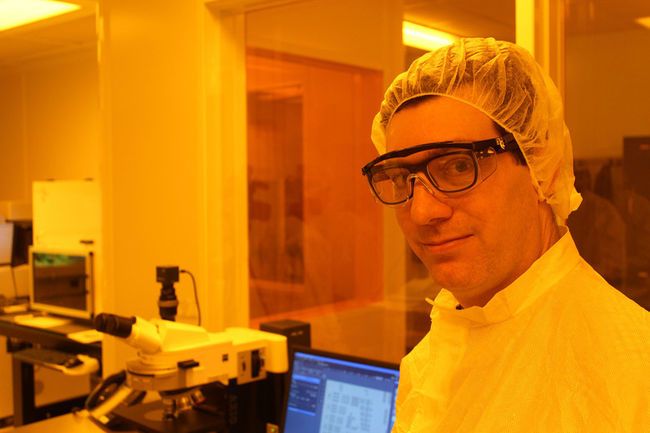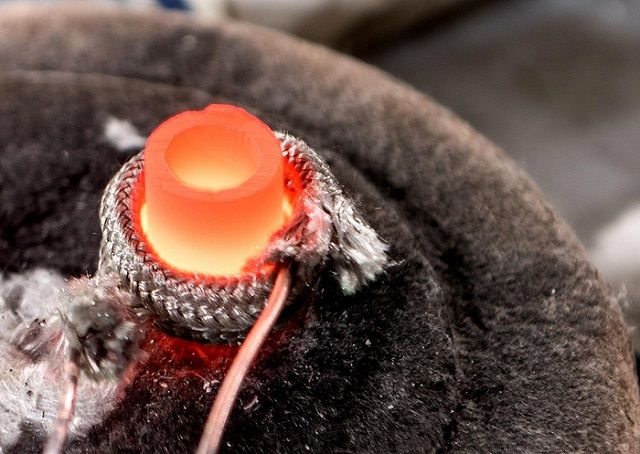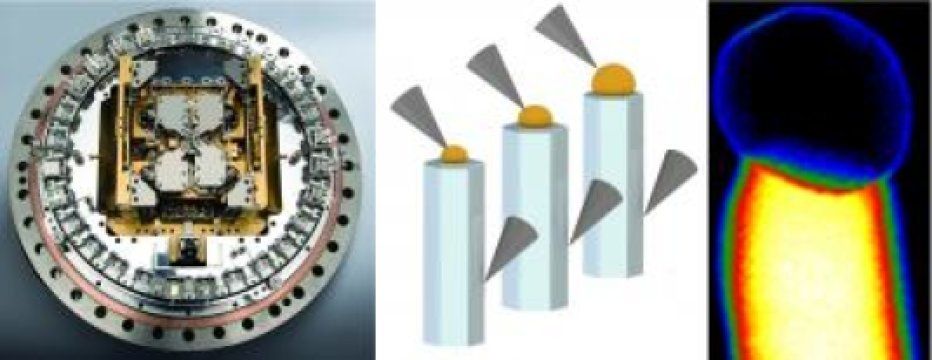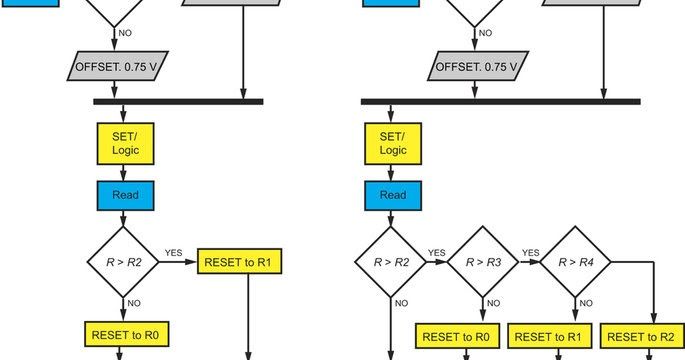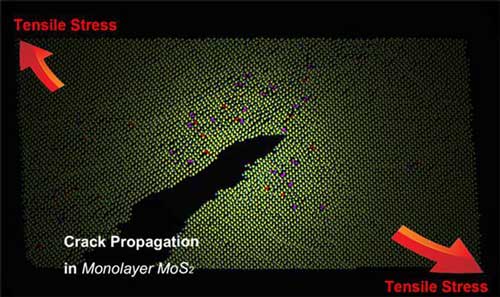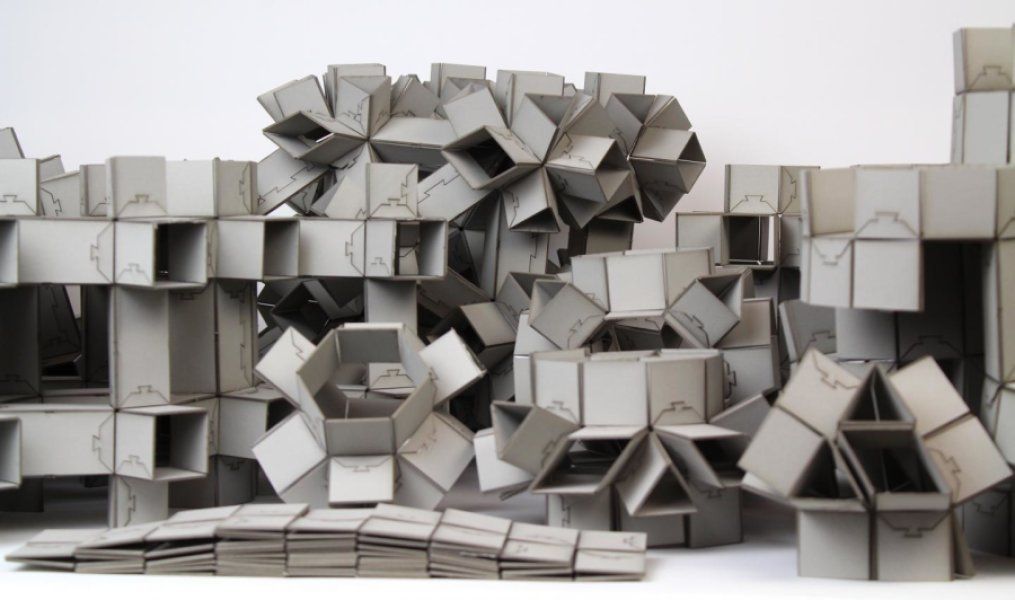Jan 20, 2017
Big plans for nanotechnology
Posted by Karen Hurst in categories: government, nanotechnology
Nice. I want one.
A revamped and rebranded NanoFabrication Kingston has launched with the goal of increasing activity outside of Queen’s University.
“We want to be open to the eastern Ontario community, industry and government as well as academia outside of Queen’s to make, characterize and test devices and samples that are small,” said Rob Knobel, Queen’s University professor and a lead researcher at NanoFabrication Kingston.
